Happy New Year!
Today, New York Film Critics Circle will have their annual gala dinner where they will present the awards to the winners of their 88th edition. Cate Blanchett won Best Actress while TÁR won Best Film. There is no confirmation whether Cate will be in attendance but you can check this site or our social media accounts for any updates. Tomorrow, January 5th, Cate will receive the Desert Palm Achievement Award, Actress at Palm Springs International Film Festival. You can check the events calendar below (on mobile) this post or right sidebar (on desktop) of the site.
Check out the scans from Crescendo Magazine. (Thank you also to Green Archer for sending their digital copy of the magazine.)
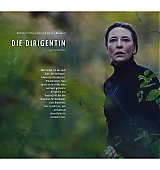
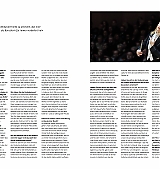
You can purchase the magazine here.
This is a Google translated interview from German to English, original text on the scans.
Ms. Blanchett, you are talking to the German music magazine CRESCENDO, which is also featured in your new film TÁR – with you on the cover…
I know! Isn’t it amazing how life sometimes imitates art?
You play the fictional conductor Lydia Tár, who directs a large orchestra in Germany. How important was the German language for this role?
When I discussed the scenes in which Lydia rehearses with the orchestra with director, Todd Field, I came to the conclusion that we need to shoot this in German. As a guest conductor, it would certainly not be a problem if she spoke English with the musicians. But for someone who has been in charge of this orchestra for seven years, I would have found that unbelievable.
Do you speak German?
I learned it at school and love the language. If I had a Babel fish in my ear, like in the novel The Hitchhiker’s Guide to the Galaxy, German would be my language of choice. I once told my friend Thomas Ostermeier, the director of the Berlin Schaubühne, who then eyed me rather skeptically. But anyway, I don’t speak German that well. But I assured the director that I could do it for the film, especially since the plan was for all the scenes with the orchestra to be at the end of filming. However, our time window with the musicians of the Dresden Philharmonic was tight and we had to shoot the scenes right at the beginning.
How did you manage that?
Luckily I had a wonderful dialect coach, Franziska Roth, who helped me learn my dialogues. She usually works with opera singers on German and French texts, which was worth its weight in gold for us because it means she not only understands language but also music. The lyrics for these scenes depended, of course, on the pieces and symphony passages that Todd and I chose for the film. Franziska and I gave the dialogues the finishing touches.
How deep were you in the matter, if you were even involved in the selection of the music, which meant that both the German and all the technical terms were right?
Because we were still in the midst of the pandemic, I had more time than usual in such a case. I was in Budapest filming another film and I got a little stuck there, but I found a fantastic concert pianist who not only gave me lessons but also took me to the academy, showed me places where Mahler had performed and taught me a lot about Bach. When it came to conducting, I got tutoring online from a conductor friend of mine. I kept talking to everyone at length about Mahler’s 5th Symphony, which plays a central role in TÁR. In the script, Todd, who isn’t a musician either, never specifically specified which excerpts of the work are actually to be heard in the film. And so I made it my task to select five passages from the symphony that were as different and dynamic as possible. I had the time for it – and above all great joy.
Did you have a connection to classical music before?
I’ve always liked hearing them. But as someone who doesn’t play an instrument myself, I’ve always just been blown away by great classical music. Sometimes just a sprinkle, as I have to admit to my shame – for example while washing the dishes. A composer friend of mine had always instilled in me that music is not something that should just run in the background. I finally took that to heart and immersed myself in Mahler’s symphonies because I felt I really had to catch up in terms of my understanding of music. And finally, being in the same room and working with these exceptional musicians was really an experience that changed me as an artist forever.
So did you feel right at home in the world of music?
As someone who has earned her spurs on the theater stage and who has directed a theater company for many years, there are of course aspects that I understood straight away. Both here and there it is about the process of development. I know how depth can bring lasting repetition to a work. I also know how it feels backstage just before a performance. And I know the feeling of becoming an outlet for art on stage. At the same time, it was of course absolutely intimidating to stand in front of this orchestra as a conductor for the first time. But I knew that I had to rehearse with them – the musicians may have interpreted my unshakable will to rehearse as self-confidence. Beyond the similarities that I saw between the world shown in the film and my own, there were of course many technical details that were foreign to me and that I had to learn. Ultimately, the top priority was for people to believe that Lydia Tár is an absolute master of her craft.
During the preparation, did you orient yourself to a few masters in the subject?
I guess I’m what they call the kinesthetic learner type, meaning I learn best when I’m actually doing things. Which of course doesn’t mean that I obsessively looked at the greatest female conductors in the world. Bernard Haitink and Nathalie Stutzmann were important to me, Simon Rattle of course, Claudio Abbado as a counterpart to Karajan, who in turn as a counterpart to Furtwangler. Amber too, of course. But none of them were a direct template for my role. And what ultimately turned out to be the most helpful and instructive for understanding the work of conductors is a dance piece that the dancer and choreographer Xavier Le Roy developed after observing Rattle conducting Stravinsky’s The Rite of Spring: He allowed that the music moving through him – that was the key for me. But the way we’re talking, it almost sounds as if the film is only about conducting – which, of all things, in the film is rather a minor matter and, for Lydia Tár, is ultimately a matter of course like breathing.
In your eyes, what makes this extremely complex and quite complicated woman apart from her work as a conductor?
For me, she was a fairly developed one, mainly through the realization that her life and her career is not a linear one. What defines her are all the parts of the sum of her life: that she studied in Vienna and spent five years in the Ucavali Valley in Eastern Peru, that she’s an American, that she grew up in Staten Island and what you don’t see at all in the film is she is the daughter of deaf parents. The fact that she is turning 50 and raising a child with her partner – all of these sometimes contradictory details define her as a person. And the very fact that she has had a very varied career, in which she pursued very different interests, was something I immediately felt connected to.
In the film, she jokes that “diverse career” is actually meant in a rather disrespectful manner. Did you also have this experience in the film industry?
If you have different interests and pursue them, this is probably often perceived as indecisiveness or restlessness in most industries. I actually see it more as a sign of great curiosity. When my husband and I took over the artistic direction of the Sydney Theater Company before 2008, there was a lot of misunderstanding in my industry. That was just before my 40th birthday, and as a movie actress at that age, many saw it as a career killer. But I didn’t let that stop me and gained experiences that shaped me forever. I’m a big fan of making decisions that contradict my own intuition. Even if it doesn’t always fit into a convenient box and people can’t handle it, for example, if a professional athlete also wants to play chess and piano and has a talent for all of these things.
One of the themes in TÁR is also what it does to people when they achieve fame, success and power. Lydia Tár seems full of distrust in each of her interpersonal relationships and encounters…
It’s interesting that you interpret it that way. I definitely think it’s difficult to meet new people when you’re in the public eye and almost a brand like Lydia is. You always have to ask yourself: What do you want from me? And above all: Who do you want? The private person or rather Lvdia Tár?
Also something that you know from your life?
Maybe I’m a little stupid or defiantly naïve, but somehow I always assume that everyone treats me kindly. And I will never forget what Meryl Streep once said many years ago: “Wash your own laundry!” It is important not to lose touch with everyday reality. Also, I didn’t grow up expecting people to be particularly interested in what I do. In many cases, they don’t either. Of course it also happens to me that I get a table in a full restaurant if I mention my name. But I find that rather disappointing because the special treatment is so obvious. However, we should not forget that much of what TAR is about feels very different within the world of classical music.
What do you mean?
The dynamics of power – both in relation to Lydia Tár herself and all those around her who support the system and benefit from her position – are even more special in the classical world. Because it is incredibly anchored in the past.
Stronger than the film industry or other sectors?
Oh yeah! Think, for example, of the conductor Marin Alsop. Mahler was only allowed to conduct it the first time because she was a student of Bernstein, who in turn was a friend of Mahler’s widow. And no matter who you speak to in this world: everyone had a violin teacher who knew someone who knew someone who was still related to Stradivarius or something. Just as an example of course. Privileges and power are passed on. It’s always about descent and tradition, the cultural baton is more likely to be handed over than deserved. Of course, these customs have a long cultural history, but they also prevent change and renewal. This is how art forms become museum pieces. It’s like the play Waiting for Godot, where Beckett’s heirs decreed that every staging must conform exactly to the author’s original specifications. That doesn’t make the piece any less brilliant, but it can hardly be exciting and new. And in the world of classical music, this clinging to the tried and tested is precisely the reason why so many upheavals – such as those in the areas of equality, inclusion and diversity – are happening much more slowly. But even there, most of the changes cannot be stopped entirely. That’s why I’m excited to see how this world will look like in 20 years.
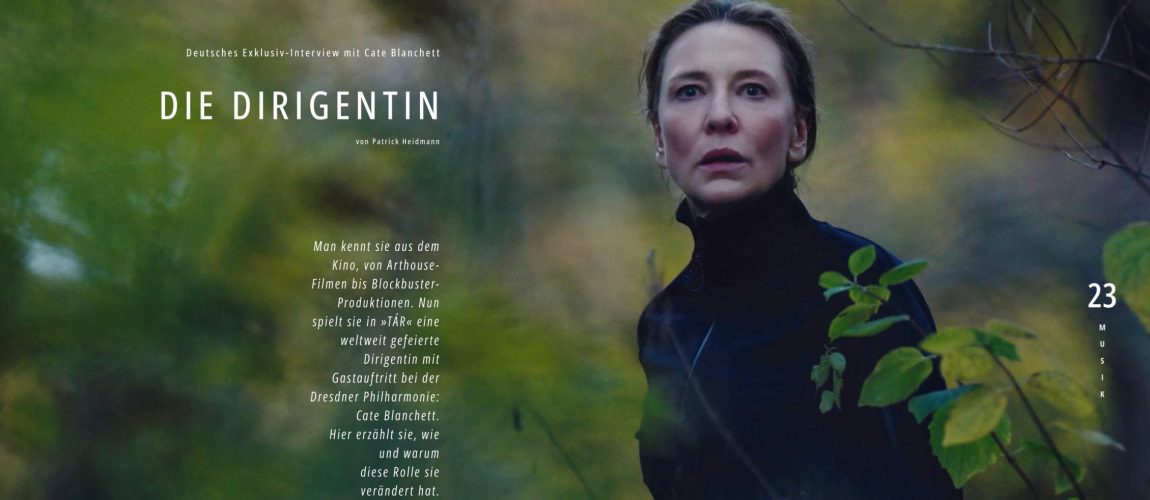
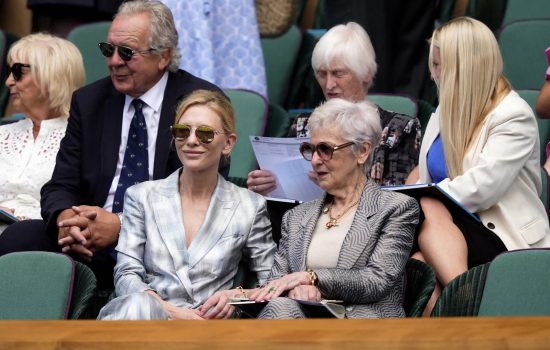
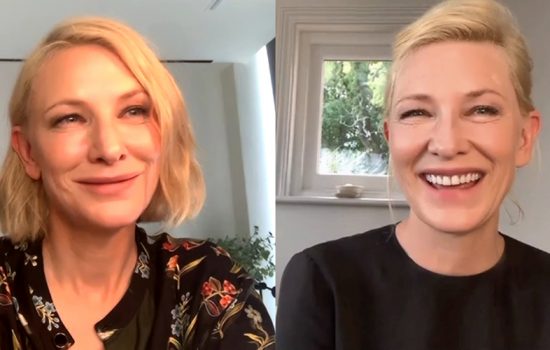

 A Manual for Cleaning Women (202?)
A Manual for Cleaning Women (202?)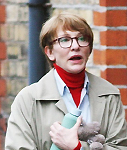 Father Mother Brother Sister (2025)
Father Mother Brother Sister (2025)  Black Bag (2025)
Black Bag (2025)  The Seagull (2025)
The Seagull (2025)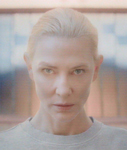 Bozo Over Roses (2025)
Bozo Over Roses (2025)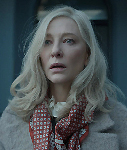 Disclaimer (2024)
Disclaimer (2024) 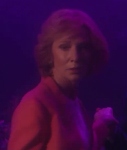 Rumours (2024)
Rumours (2024) 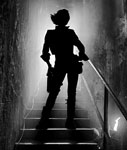 Borderlands (2024)
Borderlands (2024)  The New Boy (2023)
The New Boy (2023) 












Why can’t I read the whole post?